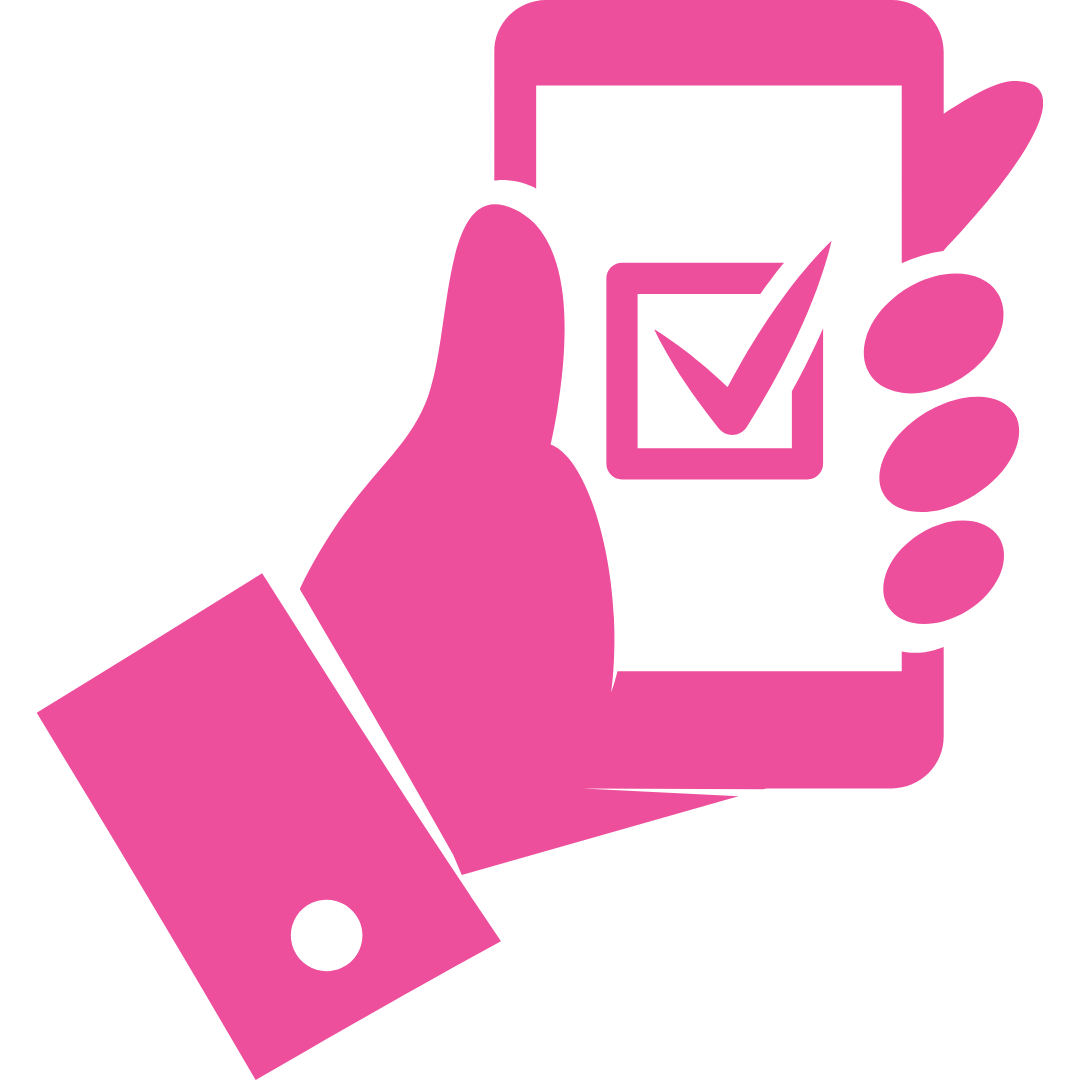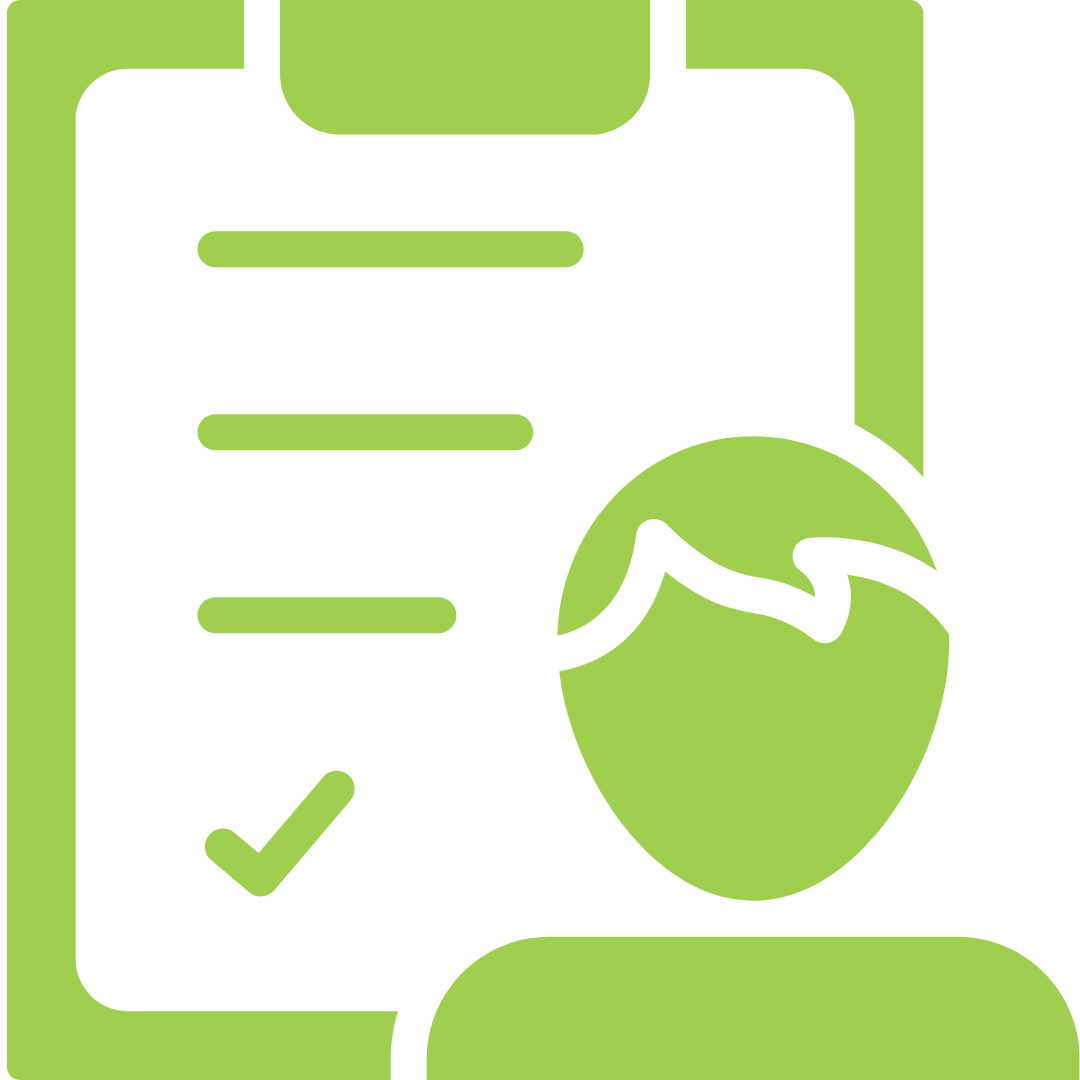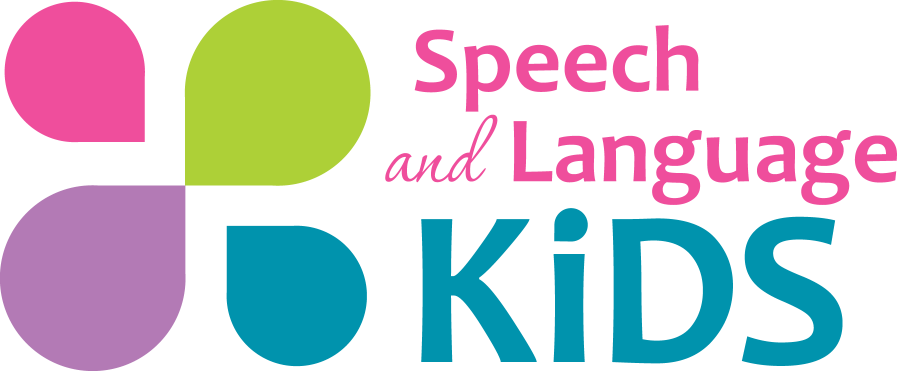For children with autism or speech and language delays, Halloween may seem to be more of a chore than a good time. Children who have trouble understanding and using language often become anxious or act out when there are changes in their routine. They also may shy away from unfamiliar social interactions. For these children, dressing up in costumes and visiting other houses is WAY outside their comfort zones. However, preparing these kids for what is to come and practicing the activities ahead of time using a Halloween social story can greatly reduce the anxiety and behaviors that come along with this (supposedly) joyous holiday.
What is a Halloween Social Story and How Can it Help Us?
One great way to prepare your child for this, or any, stressful event is to write a Halloween social story. A social story is a book that you make specifically for your child that describes an event as well as what your child is expected to do during that activity. Reading this story many times before the anticipated event can help your child understand what is coming up and what he will be doing.
How Do I Make a Halloween Social Story?
Your Halloween social story doesn’t need to be anything fancy. You can simply get out some paper and write the words at the top and draw a picture on each page. Don’t worry, your child won’t mind if you’re not a great artist. To be a little fancier, type the words on a page on your computer and use clip-art or search for pictures from Google image search. You can even take pictures of your child performing the steps in the book and use those as the illustrations. This will help your child visualize himself doing it even better. If you can’t get your child to do the thing you need him to do, you can always take a picture of him doing something else, cut out his face, and glue that on a picture of someone else (or a cartoon) doing the action. When you are trying to decide what to write in the social story, just think through each step of the activity and write everything your child must do. Pay particular attention to things your child may have the most difficulty with.
Example Halloween Social Story:
Here is the text I would use for an example Halloween social story. Feel free to change the words or story around to fit your trick-or-treating and Halloween traditions. You could also put more or fewer steps on each page depending on your child’s language skills.
- Page One: “On Wednesday, it will be Halloween! Halloween is when we get to go trick-or-treating.”
- Page Two: “After dinner, I will put on my Halloween costume.” (You could add in details here about your child’s costume, like “it has a hat and boots” or “I look like a monster!”)
- Page Three: “When I have my costume on, I will hold Mom’s hand and we will walk down the street. I will stay with my Mom.”
- Page Four: “We will go to our neighbor’s door.” (You could take a picture of your neighbor’s house or look up the address on Google Street View and copy/paste that picture into your story) “I will ring the doorbell.”
- Page Five: “When our neighbor answers the door, I will say “Trick-Or-Treat!”. Our neighbor will give me candy to put in my bucket. The candy goes in my bucket. I will eat it later.”
- Page Six: “Then, we will go to the next house and do the same thing again. I will do this at many houses and get a lot of candy.”
- Page Seven: “When we are all done, we will go home. I will take off my costume. Then, I will pick one piece of candy to eat. Trick-Or-Treating will be so much fun!”
Ok, I Wrote It. Now What Do I Do With My Halloween Social Story?
Read the book to your child several times before Halloween. You can have your child participate by filling in lines, like “trick-or-treat!”. It may also be helpful to practice trick-or-treating with your child. You can take the social story with you and read it as you go along. Call up one of your neighbors and ask if you can come over and practice. When the big day finally arrives, read the story with your child one more time before you get ready. Take the story with you and show your child the page that you are on during each step. You can also tell them what the next step will be. For example, you could say “Look, we’re putting on our costume. Next we will go outside!”. Watch your child to see when he’s starting to get tired or frustrated and head inside before it gets too far. You want to end the night on a positive note, not a tantrum! Most of all, have fun and take lots of pictures! If your child sees that you are having fun, he will be much more likely to enjoy it!
I hope this helps you and your child have the best Halloween ever!! Check out my store for fun activities and games that you can create for your child to improve speech and language skills at home!
More Resources for Speech-Language Pathologists:
Looking for more therapy ideas and resources to help you provide the BEST services to your clients? Join us in The SLP Solution, our membership program for speech-language professionals! Inside the membership, you’ll find:
- Step-By-Step Guides for teaching a variety of speech/language/communication skills
- Pre-Made Worksheets and Therapy Activities for hundreds of different topics
- Training Videos for dealing with difficult disorders or problems
- Answers to Your Questions in our exclusive SLP community
- Tools and Resources to help you with your paperwork and admin tasks
- Continuing Education through our monthly webinars and webinar recordings
To join us in the full SLP Solution, or to snag a free membership, click on the button below!







Leave A Comment